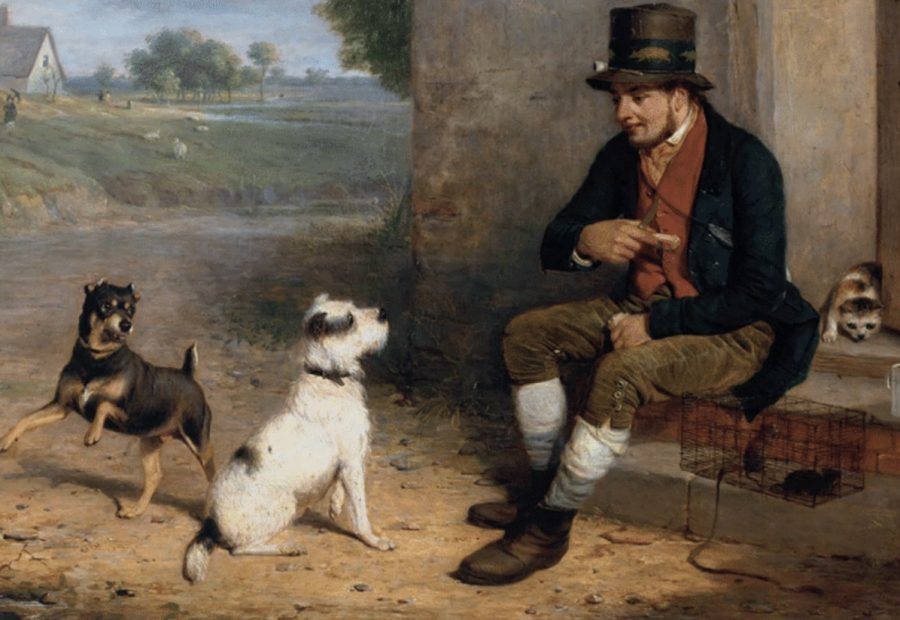Jeremy Hobson examines the life of the smallholder’s dog as a working companion; with potential tax allowances and health & safety considerations in focus.
Since April 2016, all dogs, irrespective of whether they are of a working type or not, must be microchipped and their details recorded on one of the many authorised databases. In addition, it remains a legal requirement for dogs to wear a collar and identity tag whenever in a ‘public place.’
Around the smallholding, farm or anywhere on private land, there are those who worry that having a collar on a working dog might end up with the collar being caught and the dog getting injured – or worse.
Although there are some who think it should be reinstated in order to encourage responsible ownership, the legal need for a dog licence in the UK has long since gone. This does, however, exclude NorthernIreland where one – at a cost of £12.50 – is still required. In other parts of Britain, when first introduced in 1878, a dog licence set owners back 5s (25p). Bizarrely, the cost altered little over the ensuing years and was still only 37p in 1987 when the requirement for a licence was abolished.
TAX PROVISION
Farmers, gamekeepers, ghillies and anyone else who relies on a working dog for their full-time employment can, apparently claim them as a legitimate tax deductable expense. If, as an employee, a dog is considered necessary for work, HMRC have made provision to claim an allowance of (at the time of writing), up to £7.63 per week for each animal.
They do though, have to be of a genuine working type (either on the farm or as a guard dog) and their primary function be to work rather than just a pet that proves incidentally useful at herding or controlling rats about the stable yard. Some employees and their employers have a private arrangement as part of a contract drawn up at the beginning of employment whereby the employer agrees to pay all, or a proportion of any costs appertaining to dog food, vets bills, insurance, the cost of supplying kenneling and the like – in which case, it is very unlikely that HMRC will look kindly on that particular employee trying to claim the same expenses on their tax form!
DOGGY DANGERS
There are obvious dangers to dogs around the smallholding and stables. A terrier can be a useful ally when keeping control of the inevitable rat but when resorting to putting poison down for rodents, care must be taken to avoid dogs coming into contact with the poison. Designated and safe baiting points will help but it is as well to know the components of a particular poison in order that a vet can quickly identify it and administer an antidote should the worst ever happen.
Beware too, the possibility of poison left in such a way that rats can carry it off and it be found by dogs and other livestock. Dogs keen on ratting on a regular basis might possibly be affected by leptospirosis (Weil’s Disease) often carried by rats. It’s important too to keep a dog clear of ticks picked up as they run about the grass and bracken at vulnerable times of the year as otherwise, as with humans, they could succumb to the symptoms of Lyme Disease. Some potential problems are less obvious – antifreeze, for example. Common sense and a general awareness should, however, ensure that your dog comes to no harm.
Picture caption: Terriers have long been considered excellent ratting dogs – but make sure their injections are kept up-to-date, in order to prevent them contracting diseases carried by rats.
This article originally appeared in the August 2023 edition of The Country Smallholder magazine.
To receive regular copies of The Country Smallholder magazine featuring more articles like this, subscribe here.
For FREE updates from the world of smallholding, sign up for The Country Smallholder newsletter here.








